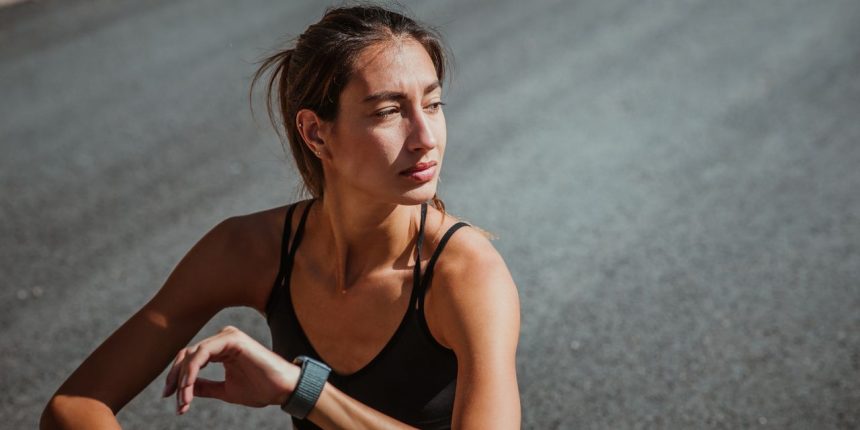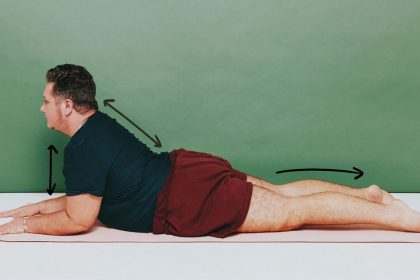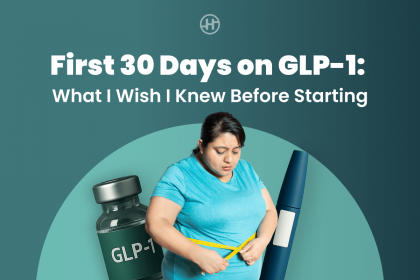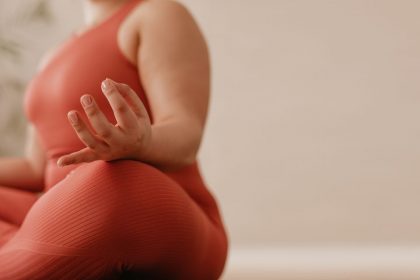New blood tests, scans, and fitness trackers that purport to predict longevity are rolling out all the time, but if you’ve scrolled TikTok recently, you might be surprised to see a much lower-tech way getting some buzz: how well you fare in simply trying to haul your butt off the floor.
It’s all based on the takeaway from a study published in the European Journal of Preventive Cardiology that’s been making the rounds. In it, researchers had more than 4,000 people do something they dubbed the “sitting-rising” test and then followed up with them for over a decade. They found a link between how easily people were able to get up off the floor and how long they lived.
The task sounds simple, but, as I learned firsthand, it’s really not. To get a perfect score on the test, you need to be able to get from a position on the floor—usually cross-legged—to standing without using a hand, elbow, or knee to help. As a former competitive athlete who can’t say no to a challenge, I needed to try this (and gain a perfect score) once it came across my FYP.
To my surprise, it was hard. While I was able to get it done, I had to give myself a mental pep talk before each attempt. Pulling this test off is trickier than it sounds—it requires a combination of strength, balance, and flexibility, and I struggle to even touch my toes.
So that made me wonder: How legit is it, really, in predicting your, um, ultimate demise? Does bombing the test mean you’re going to keel over any second? I checked in with longevity experts and fitness pros to find out.
So how does the sitting-rising test work—and what does it really tell you about longevity?
One of the benefits of the sitting-rising test is you can do it right at home: Sit on the floor with your legs crossed in front of you and then try to get back up unassisted. The goal is to do this with as little support as possible, test inventor and lead study author Claudio Gil S Araújo, MD, a sports and exercise physician from the Exercise Medicine Clinic Clinimex in Rio de Janeiro, tells SELF. (Check out this handy YouTube video Dr. Araújo and his fellow researchers created to break it down in more detail.)
The test is scored from zero to 10, with points assigned for sitting and rising added together. You’ll be docked a point for each knee, hand, or forearm you use during the test, along with half-points if you’re unsteady (say, you stumble when you get up).
“If you’re an eight, why did you lose a point? It may mean that you used one hand to sit and one hand to rise,” Dr. Araújo says.
In the study, the researchers discovered a link between how well people scored on the test and their risk of dying during a follow-up of about 12 years. In all, about 16% of the participants died during that period—but only 4% of folks who aced the test with a perfect 10 did so. (On the other end of the spectrum, people who got a four or less had a death rate of 42% during that time.)
Okay, but…why? The test measures a few different things that are linked to better health and longevity, study co-author Jonathan Myers, PhD, a clinical professor at Stanford University and a health research scientist at the Palo Alto VA Health Care System, tells SELF. “When we think of ‘fitness,’ people usually think of ‘aerobic’ or cardiorespiratory fitness,” he says. “Over the last three decades or so, cardiorespiratory fitness has become recognized as a powerful predictor of health outcomes—in many studies, it is even more powerful than the traditional risk factors such as smoking, hypertension, or [high cholesterol].”
Cardiorespiratory fitness is important, sure—it’s considered a strong indicator of overall health, along with being linked to a lower risk of developing certain diseases. But fitness is more broad than that, and includes things like strength and balance, Dr. Myers says. Strength has been shown to help with daily living (think: being able to carry your own groceries), while balance helps to protect against falls, Dr. Araújo explains. These skills are important for longevity, and they’re something that Hannah Koch, PT, DPT, physical therapist at Michigan State University Health Care, tells SELF she checks with older patients, along with their range of motion.
The sitting-rising test looks at strength, power, and balance, all in one move. So basically, you’re getting more bang for your buck, looking at all of these factors at once.
Added bonus: It can also give some insight on your cardiovascular health, Jennifer Wong, MD, cardiologist and medical director of Non-Invasive Cardiology at MemorialCare Heart and Vascular Institute at Orange Coast Medical Center in Fountain Valley, California, tells SELF. “One could not do this after certain types of strokes or if too weak from poor overall health,” she adds.
While the test is predictive, it’s by no means perfect: There are some flaws with it. “The test does not identify the underlying cause of poor performance,” Anna A. Manns, PT, DPT, lead physical therapist at University Hospital in New Jersey, tells SELF. Meaning, it can’t tell if you struggle with getting up due to joint pain, an injury, or the fact that you went hard at the gym yesterday—and those factors don’t necessarily have an impact on your longevity.
It’s also possible to game the test, say, by “compensating with upper-body movement or momentum by using arm swings or trunk movement to ‘cheat’ the test,” Dr. Mann says, which would “mask true lower-limb weakness.” The test also only looks at lower-body function and core strength, so it doesn’t gauge your overall fitness, upper-body strength or endurance, “all of which are important for full functional capacity,” she adds.
The sitting-rising test isn’t the only option to help gauge longevity either.
While the sitting-rising test has a link with longevity, there are plenty of others that healthcare providers use regularly. Simple hand-grip tests, which measure grip strength, are a “powerful predictor of mortality,” Dr. Myers says. Case in point: A 2015 study published in The Lancet found that grip strength was better at predicting someone’s odds of dying from heart disease or other causes during the follow-up than systolic blood pressure, which is usually used to gauge cardiovascular health. Balance tests, like the ability to stand on one leg for 10 seconds or longer, can also be helpful, Dr. Myers says.
Koch also flags the Five Times Sit-to-Stand Test (5TSTS) as a useful way to check a person’s lower-body strength and balance. It’s similar to the sitting-rising test, but has people get up from a chair versus the floor five different times. The Timed Up and Go (TUG) test, which has people get up from a chair, walk a short distance, turn around, walk back, and sit back down while being timed, is useful too, says Manns.
“Together, these tests provide a patient picture of overall physical function and longevity,” Manns says. That said, they’re still only a part of the overall picture of your health.
While they aren’t a be-all, end-all predictor of your health, the test results can clue you in on what you might want to work on.
There’s no reason to get down on yourself if you don’t do well on the sitting-rising test—not getting a perfect 10 on the sitting-rising test certainly doesn’t mean you’re doomed. But it could clue you in on areas of fitness to work on, Dr. Araújo says. That may mean working on balance training, flexibility, or building power. “This helps a lot to get people motivated,” Dr. Araújo says.
Dr. Myers agrees that your mobility, strength, flexibility, and balance can usually be improved with practice and training. “Individuals who don’t perform well on these tests can improve their performance by strengthening lower body muscles, and specific exercises can be targeted to improve flexibility, balance, gait, and mobility,” he says.
Albert Matheny, CSCS, cofounder of SoHo Strength Lab, suggests focusing on things like squats, single-leg exercises like lunges, and even balancing on one leg to hit these areas.
It’s also important to remember that these tests are only part of the puzzle: There are a bunch of health-promoting behaviors out there that have nothing to do with how well you can get up off the floor—or even how well you move in general. While physical activity is important, other things, like eating a high-quality diet, minimizing stress, getting plenty of sleep, and adopting other healthy lifestyle habits like avoiding smoking and minimizing alcohol, also come in handy. Together, these can help you be your healthiest self. “The sitting-rising test is a good screening tool,” Dr. Araújo says. “There’s a lot we can do to move forward after that.”
Related:
- 6 Daily Habits Doctors Say Will Help You Live Longer
- 5 Ways Strong Friendships Can Benefit Your Health as You Get Older
- Exactly How Your Skin Changes in Your 40s, 50s, and 60s
Get more of SELF’s great fitness coverage delivered right to your inbox—for free.







